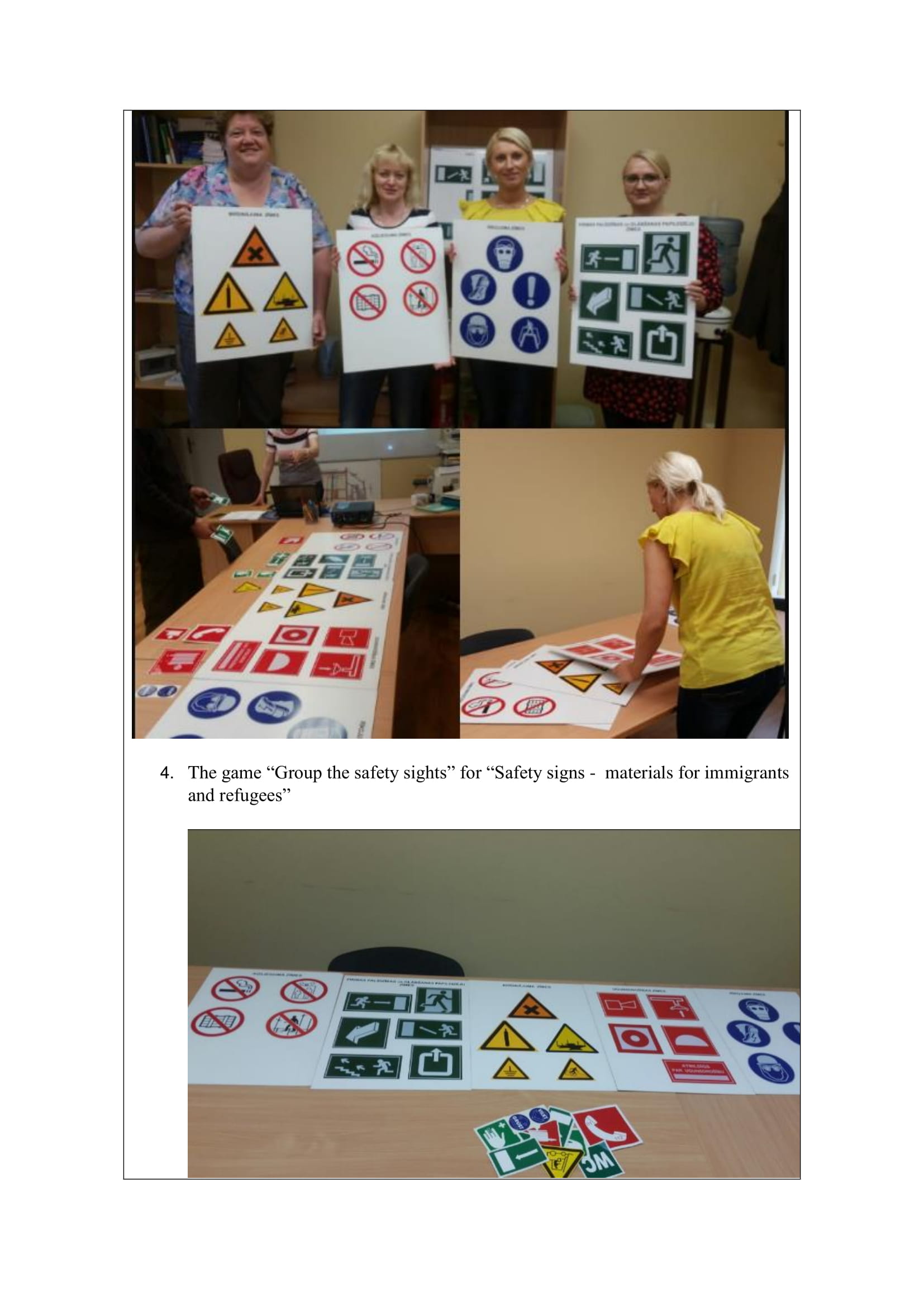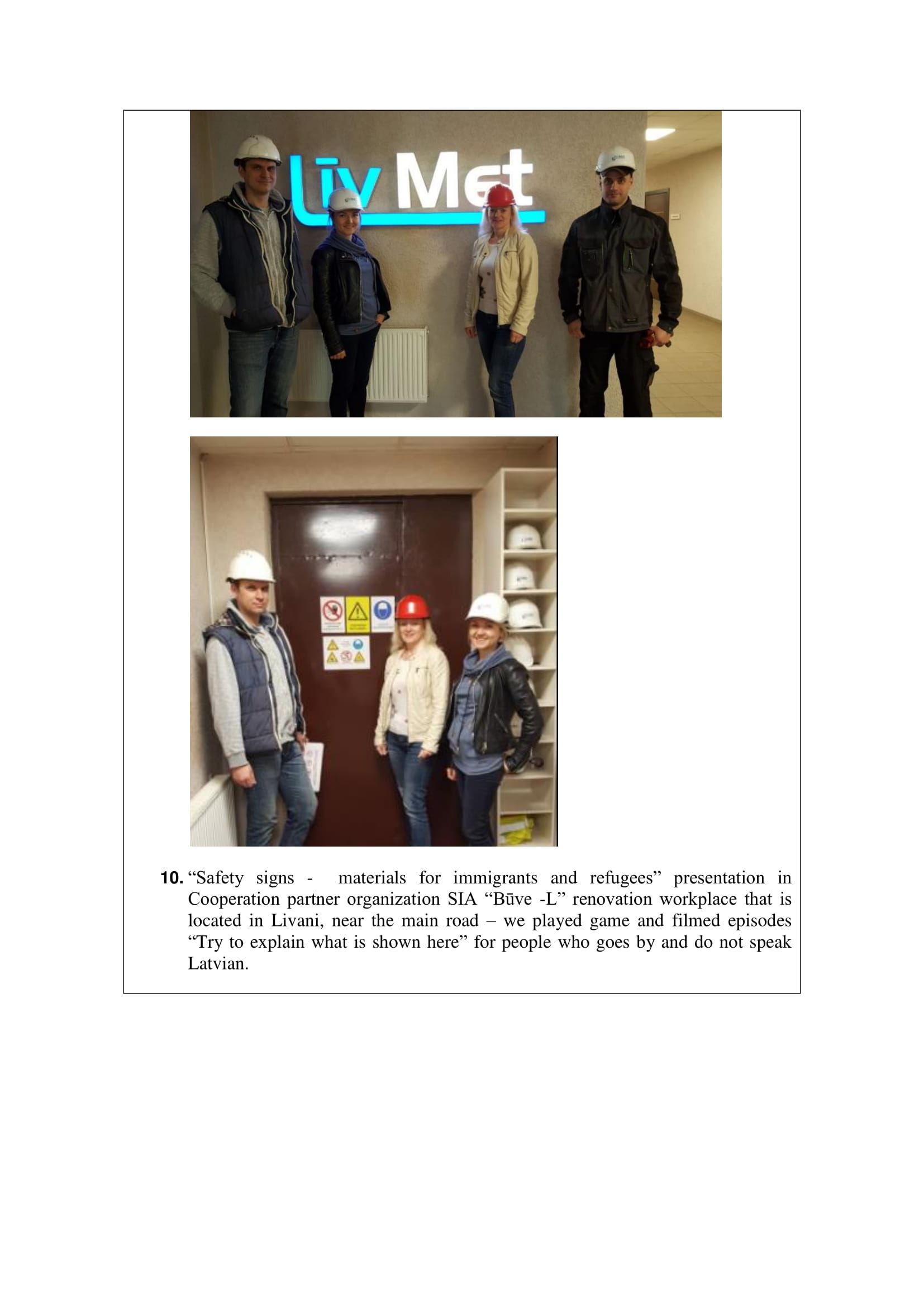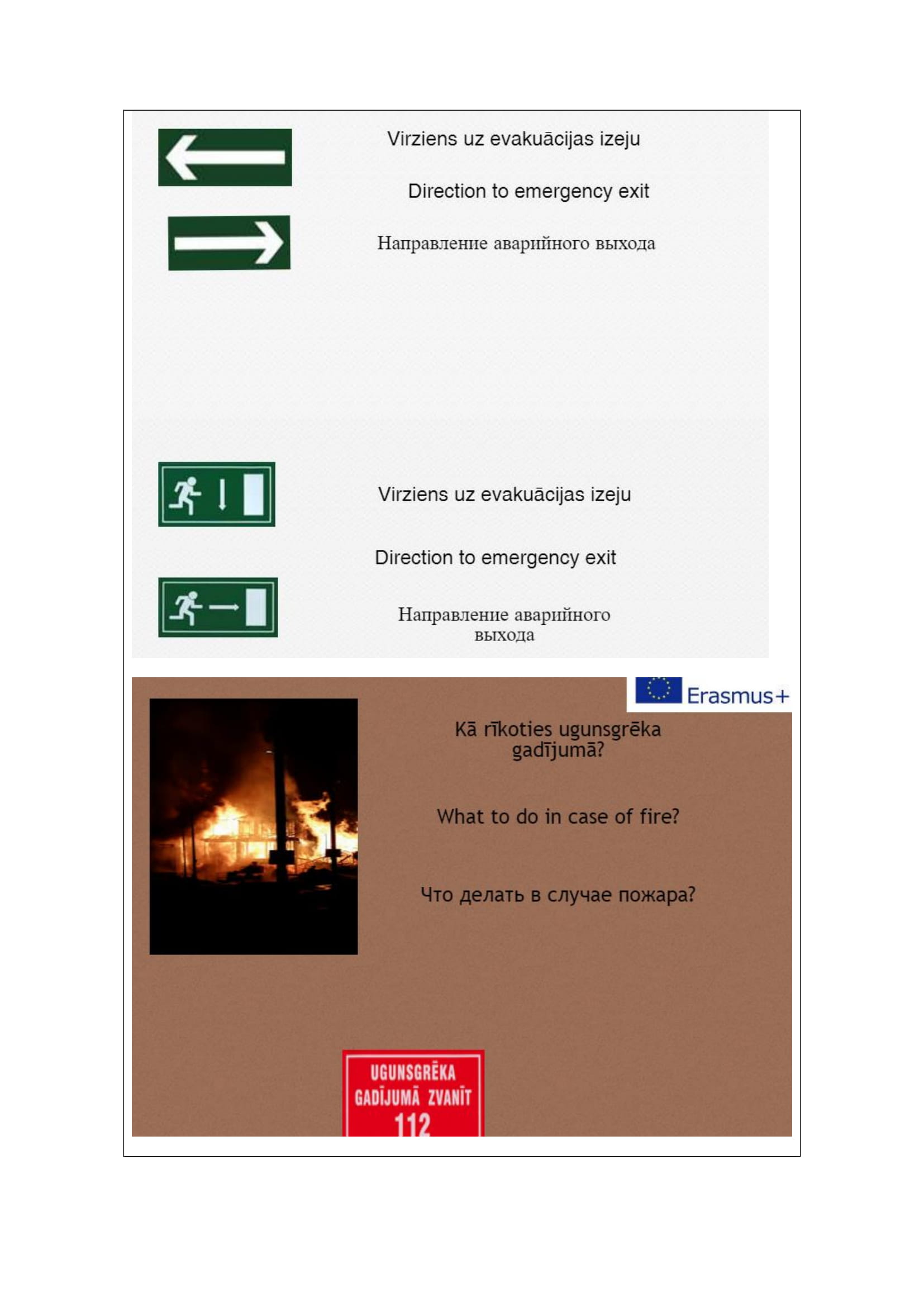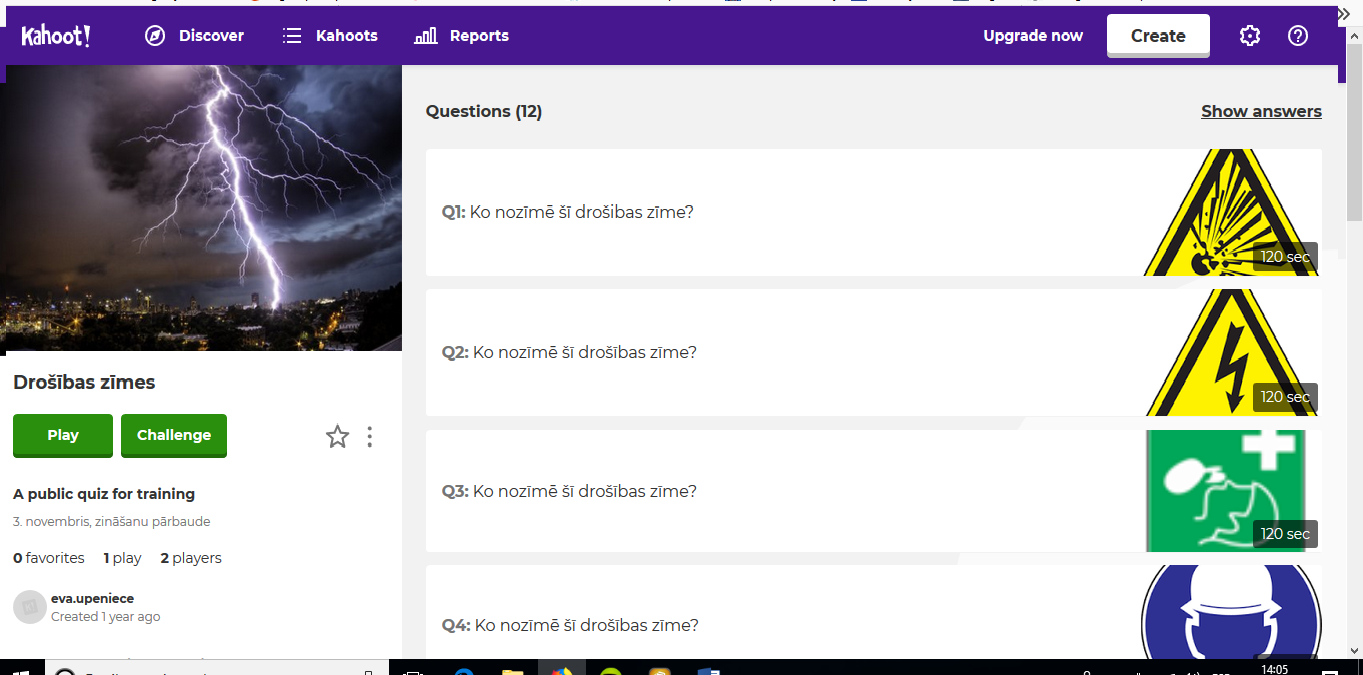Teaching methods denote various strategies that the teacher uses to deliver his/her subject matter to the students in the classroom based on the instructional objectives to bring about learning. Thank’s to the Lithuanian partners Latvian partners learnt how to make learning process in the classroom more colorful as Latvian partner organization spend a lot of time teaching in different working places, so new strategees for indoor learning was a quite good opportunity for us to see what and how to prepare for informal lessons. Teaching methods aids learning and help to communicate ideas and skills to the students. There are several teaching methods to use in the classrooms, it is left for the teacher to use the ones most appropriate for the lesson. These methods if properly used will enhance teaching and learning and bring about desired changes in the students. While the teacher’s task is to ensure that learning is effective, one major way to achieve this is the use of appropriate teaching methods.
All the partners agree that the purpose of teaching, are to help students to:
• Acquire, retain and be able to use knowledge
• Understand, analyse, synthesize and evaluate skills
• Establish habits and
• Develop attitudes
In order to come up with an effective teaching approach, Lithuanian partner showed us three major components of teaching:-
- Preparation - Here the teacher plans the lessons he/she intends to teach including all the activities needed to put the lesson together – we learnt that this stage sometimes takes more time than even the lesson for which we are preparing, Lithuanian partners organized open-lesson for other project partners and students, newsletters from different local shops were used to help us to learn some simple words in Lithuanian, now we also use different free materials – newsletters, posters, banners etc. with our students, so lessons are closer to everyday life (see the picture below).

2. Execution – Here the teacher is involved in communicating the lesson to the students as prepared in the lesson notes using the designed teaching model/strategies. The classroom management is also involved here.
3. Evaluation – Here the teacher does all it takes to ensure that the lesson is effective considering the teaching model used for a particular class. Students are evaluated here through tests, and other quizzes, etc, we learnt how to use programm mentimeter.com as an evaluation tool, now we must say that this is the fastest way how to get the feedback from our students.
Italian partner organization during training event in Italy demonstrated to us various Psychomotor Development Methods – we participated in different activity based methods of teaching that aim at motor skills development in learners. This method requires that learners are able to illustrate, demonstrate, or perform certain skills using their manual dexterity. It is a more student activity based method. This method includes a lot of techiques but here are some of them that Latvian partner organization were impressed the most and now we implement them in our lessons in Latvia :
• Inquiry Method
• Discovery Method
• Process Approach Method
• Demonstration Method
• Laboratory/Experimentation Method
• Programmed Learning Method
• Dalton Plan/Assignment Method
• Project Method
• Microteaching Method
• Mastery Learning
See the picture below from practical trainings in workplaces.
Spanish partner showed to us different digital tools we can use in our lessons, one of it was kahoot.it , and now we are an active users of it, even when we hold Training event in Latvia we used it to demonstrate that we have learnt a lot from previous Training events, also we learnt how to use a piktochart.com for materials creation, and now we even cannot imagine our lesson- preparation process without it!

After the Training Event in Lithuania we also created some activities using the methods for interactive teaching (Kahoot) :

https://create.kahoot.it/details/latvijas-tirdzniecibas-un-rupniecibas-kamera-ltrk/048708ac-730a-4d6c-9ed5-c481b44faa9f
https://create.kahoot.it/details/drosibas-zimes/61f5f0e4-39e7-490d-895e-fe6981d83dc5